How Long is the Lifespan of Mirror Protective Film
2025-10-25
Material Quality Determines Lifespan
The material quality of stainless steel mirror protective film is a key factor in determining its lifespan. High-quality protective films typically utilize a highly resilient substrate and an age-resistant coating. These materials withstand minor friction and environmental damage during long-term use, making them less susceptible to cracking, yellowing, or wear. Low-quality protective films, on the other hand, often utilize low-quality substrates lacking age-resistant treatment. After short periods of use, they can become brittle and peel, significantly shortening their lifespan. The thickness of the substrate and the coating process also affect durability. A balanced thickness, combined with sophisticated coating technology, ensures the protective film maintains stable performance over time, extending its service life.
Usage Environment Affects Actual Use Life
Different usage environments significantly impact the lifespan of protective films.In dry, clean environments without strong sunlight, protective films are less susceptible to external factors and last longer. However, in humid environments, moisture can penetrate between the film and the mirror surface, causing wrinkling and peeling, shortening their lifespan. Prolonged exposure to sunlight and UV rays accelerates the aging of protective films, causing them to yellow and become brittle, ultimately losing their protective effectiveness. Frequent contact with oil and detergents in greasy environments, such as kitchens, can corrode the film, leading to premature wear and necessitating replacement.
Daily maintenance methods affect the lifespan of the protective film.
Daily maintenance methods directly impact the lifespan of the protective film. Gently wiping with a mild detergent and a soft cloth can prevent damage to the film surface. Using harsh detergents or scraping with hard tools can easily damage the surface coating, causing scratches and damage, reducing protective performance and shortening its lifespan. Avoiding frequent touching or rubbing the protective film surface can also extend its lifespan. If the edges of the protective film are slightly warped, promptly repairing them with appropriate methods can prevent further damage and premature replacement.
Lamination quality impacts long-term stability.
The lamination quality of the protective film has a significant impact on its lifespan. A properly sealed, bubble-free, wrinkle-free film surface and well-sealed edges will reduce dust and moisture from entering the gap between the film and the mirror surface, preventing the film from aging or peeling due to internal impurities. An uneven lamination with bubbles or warped edges allows contaminants to enter the gaps, accelerating wear and tear on the protective film, leading to premature loss of its protective properties. Professional lamination operations can ensure that the protective film tightly covers the mirror surface, maintain a long-term stable state, allow the protective film to fully play its role, and extend its service life.You Might Also Like
-
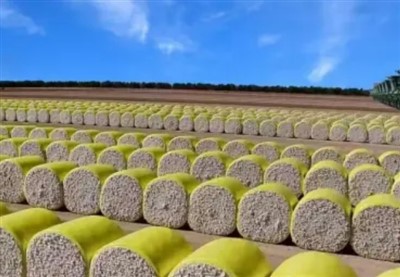
what are the advantages of cotton packaging film
-
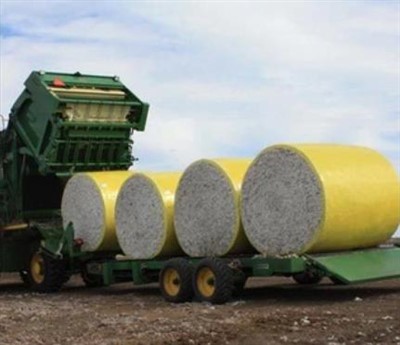
The Advantages of Cotton Wrap Film
-
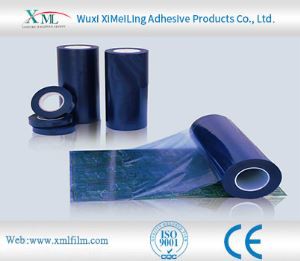
How does pe protective film cope with high temperature environment
-
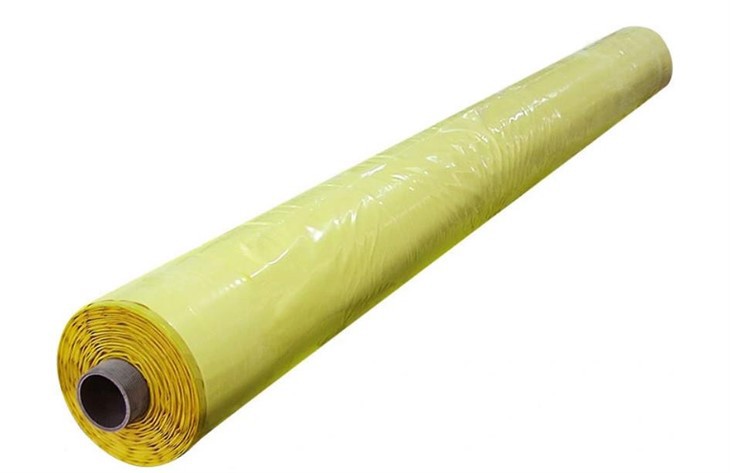
Advantages of Cotton Bale Wrap Film
-
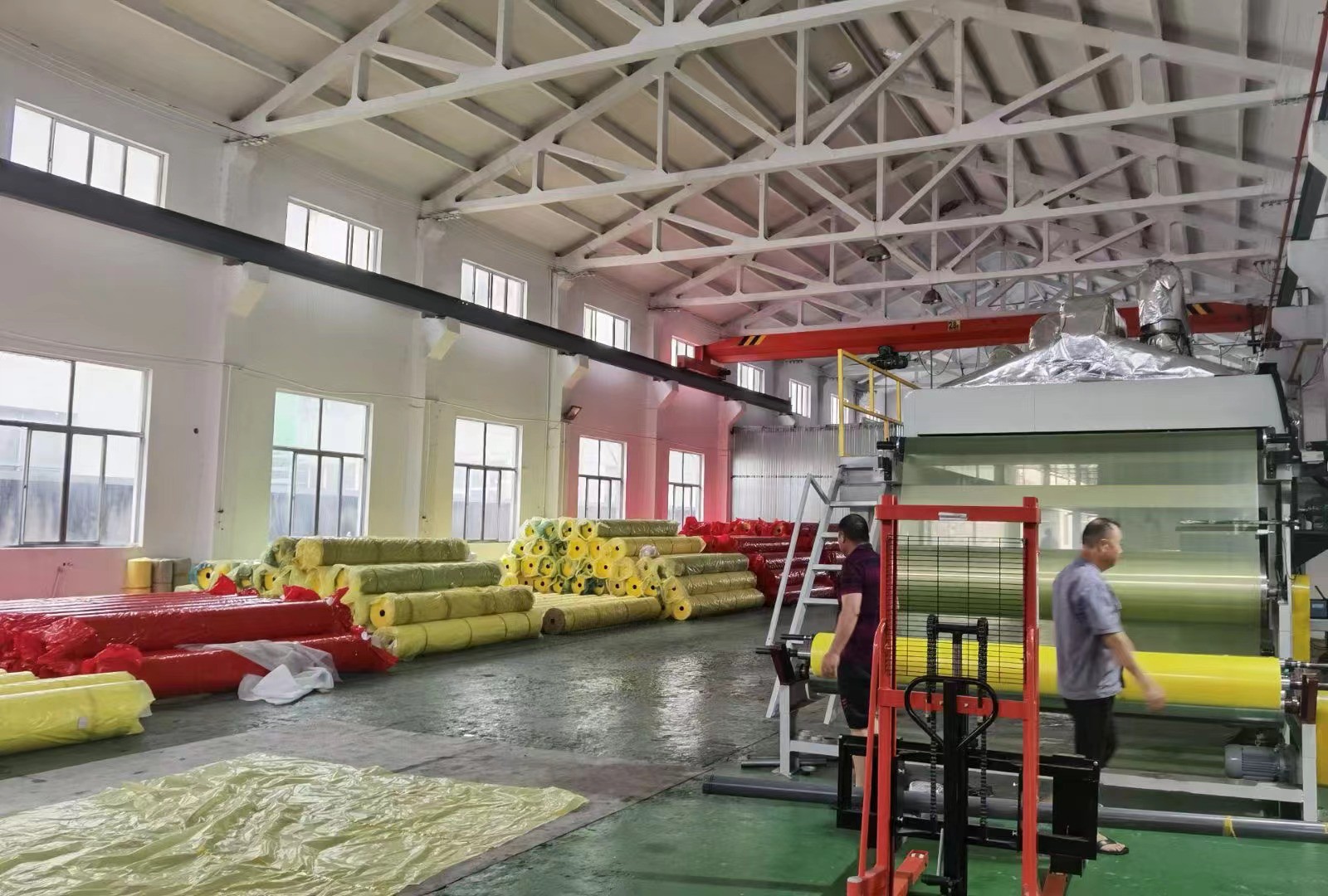
Storage method of cotton bale wrap film
-
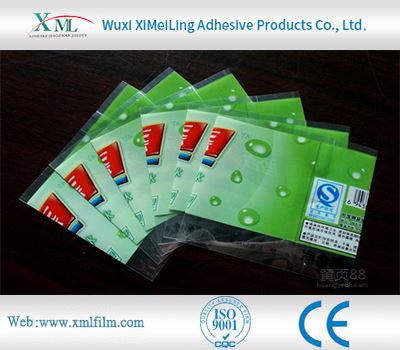
How Polyethylene Packaging Material Copes with High Temperature Environment
